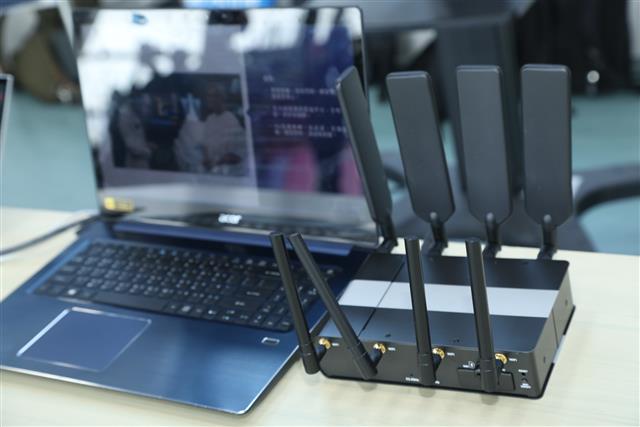The Worldwide Network Devices Industry is Expected to Reach $38.4 Billion by 2028
07 September, 2022

The "Global Network Devices Market Size, Share & Industry Trends Analysis Report By Type, By Connectivity (WiFi, Cellular, WiFi + Others, Long Range Radio (LoRa)), By Application, By Device Type, By Regional Outlook and Forecast, 2022-2028" report has been added to ResearchAndMarkets.com's offering.
The Global Network Devices Market size is expected to reach $38.4 billion by 2028, rising at a market growth of 6.3% CAGR during the forecast period.
Network devices, often known as network equipment, are many types of electronic devices that are utilized in networking. These kinds of devices are primarily deployed in computer networks to send and receive data swiftly and securely between computers, printers, fax machines, and other devices. Such devices could be intranet or internetwork devices. Certain devices are mounted on the device, like RJ45 connectors or NIC cards, while others are part of the network, like switches and routers. These are specialized devices that manage digital or electrical connections in order to execute their unique functions effectively.
Numerous ports may be available on APs, which could be utilized to expand the network's capacity, firewall features, and Dynamic Host Configuration Protocol (DHCP) service. As a result, companies have access points that operate as a switch, router, DHCP server, and firewall. A service set identifier (SSID) name is required to access a wireless AP. The SSID is used by 802.11 wireless networks to distinguish all systems that connect to the same network, and consumer stations should be set with the SSID in order to connect to the AP. The AP may broadcast the SSID, making it visible to any wireless users.
But, APs could be set not to transmit the SSID for security reasons, which implies that an administrator must provide the SSID to consumer systems rather than letting it be detected automatically. SSIDs, channels, passwords, security settings, and usernames are all set by default on wireless devices. Since numerous internet sites display the default settings utilized by manufacturers, it is highly recommended that users change such default settings as quickly as possible for security purposes.
There are two types of access points: fat and skinny. Fat APs, which are still often known as autonomous APs, must be manually set up with network and security settings before being left to serve customers until they can no longer function. Thin APs can be configured remotely utilizing a controller. Thin clients can be readily adjusted and managed because they do not require manual configuration. Controller-based and stand-alone access points are both possible.
Useful Links:
Source: finance.yahoo.com
